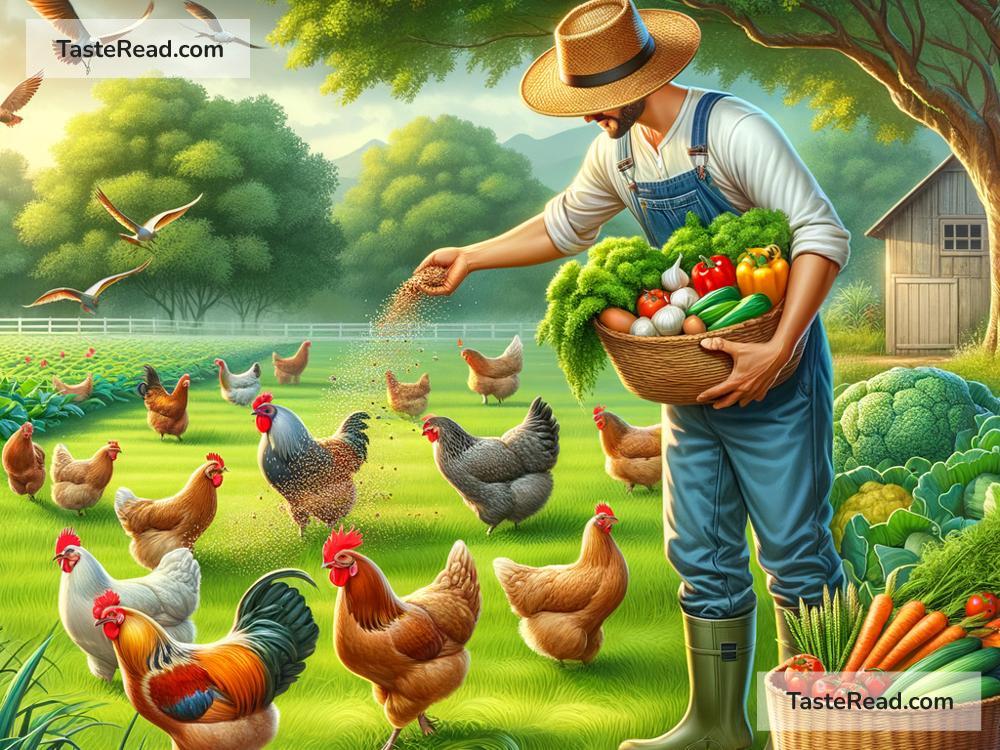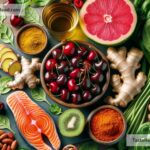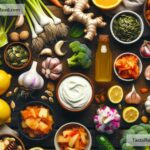Foods for Improving Animal Welfare: Helping Animals Through Better Choices
Many people love animals and want to help make their lives better. One of the best ways to support animal welfare is by thinking about the foods we eat. Food choices have a big impact not only on our health but also on the lives of animals around the world. By choosing foods that come from sources that treat animals kindly, reduce harm, and promote sustainability, we can make a difference. In this blog, we’ll talk about simple ways to improve animal welfare through smart food choices.
Why Food Choices Matter for Animals
Animals play a big role in food production. From farm animals like cows, chickens, and pigs to fish in the oceans, millions of animals are part of the food system. However, not all food production methods treat animals kindly. In some cases, animals live in crowded spaces, face poor living conditions, and experience cruel practices. By paying attention to where our food comes from, we can support systems that care for animals in healthy and humane ways.
1. Choose Pasture-Raised or Free-Range Animals
When buying meat, eggs, or dairy, look for labels that say “pasture-raised,” “free-range,” or “certified humane.” These labels mean that the animals were allowed to roam freely outdoors and had better living conditions compared to animals in factory farms.
In factory farms, animals are often kept in small cages or crowded buildings where they can’t move freely. This can cause stress, disease, and suffering. On the other hand, pasture-raised animals spend their days grazing in open fields, enjoying fresh air and sunlight.
It’s important to check for reliable certifications, such as those provided by organizations that focus on humane farming. They help make sure animals are treated well from birth to slaughter.
2. Eat Plant-Based Foods
One of the easiest ways to help animals is to eat more plant-based foods. By choosing fruits, vegetables, grains, nuts, and beans, you reduce the demand for meat and dairy products. Fewer farm animals mean less crowded living conditions, lower pollution levels, and less stress on the environment.
Eating plant-based doesn’t mean you have to give up all meat or dairy forever. Even small changes, like having one plant-based meal a day or a “Meatless Monday,” can make a big difference. Popular plant-based meals include dishes like veggie stir-fries, lentil soups, and tofu scrambles. These meals are not only good for animals—they’re healthy for humans too!
3. Support Sustainable Seafood
Fish and other seafood are often caught or farmed using methods that harm marine life. Overfishing can reduce populations of certain fish species and disrupt ecosystems. In fish farms, animals may live in crowded tanks or small enclosures with poor water quality.
To help animals in the oceans, choose sustainable seafood. Look for labels such as “MSC Certified” (Marine Stewardship Council) or “ASC Certified” (Aquaculture Stewardship Council). These certifications ensure that seafood is harvested or farmed in ways that protect marine life and habitats.
Another option is trying plant-based seafood alternatives, which are growing in popularity. These alternatives are made from ingredients like mushrooms, seaweed, and soy to mimic the taste and texture of fish.
4. Reduce Food Waste
Food waste harms animals in surprising ways. When we throw away good food, it adds pressure on farmers to produce more, which leads to more intensive farming practices. These practices are often hard on animals and the environment.
To help, try to only buy what you need, and store food properly to keep it fresh. If you have leftovers, eat them instead of tossing them out. You can also get creative with leftover fruit, veggies, or grains by using them in soups, casseroles, or smoothies.
5. Shop Locally and Responsibly
Buying food from local farmers or small producers can support businesses that care about animal welfare. Many small farms treat animals better because they focus on quality over quantity. Visit farmers’ markets or local food shops to ask producers about their farming practices. They’re often happy to talk about how they care for their animals.
Additionally, avoid products from companies known for poor animal treatment. Research brands and food companies to make informed decisions. Supporting businesses that prioritize animal welfare sends a powerful message that consumers want better choices for animals.
6. Look for Cruelty-Free Alternatives
Some food products use animals indirectly. For example, honey often comes from large-scale bee farms that may harm bee colonies, and gelatin is made from animal parts. Thankfully, cruelty-free alternatives exist. For honey, you can use plant-based sweeteners like agave syrup or maple syrup. For gelatin, try agar-agar or other plant-based thickening agents.
These small swaps reduce harm to animals and still let you enjoy tasty treats.
Making a Difference Starts With You
Improving animal welfare doesn’t have to be complicated. Every time you choose plant-based meals, sustainable seafood, or ethically-raised products, you’re helping animals have better lives. Even small changes can add up over time.
By thinking about where your food comes from and supporting humane practices, you’re sending a message that animals deserve kindness and respect. You’re also helping the planet and improving your health. It’s a win-win for everyone—humans and animals alike.
Let’s make smarter food choices that show love and care for the animals we share this world with!


